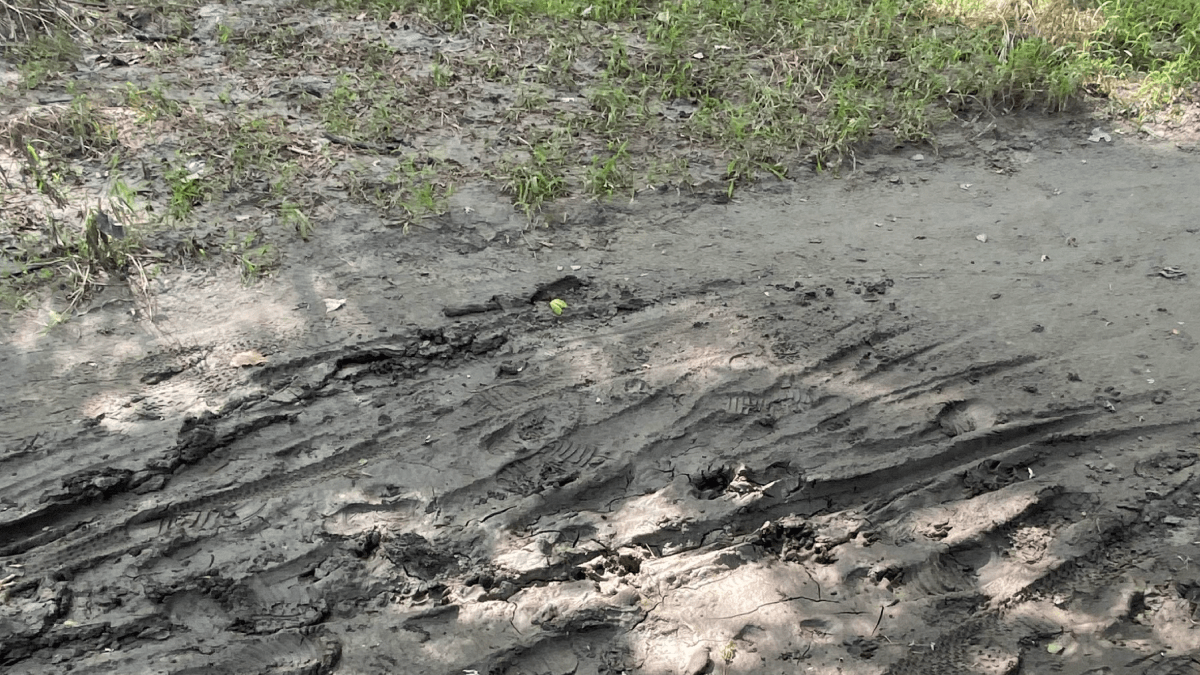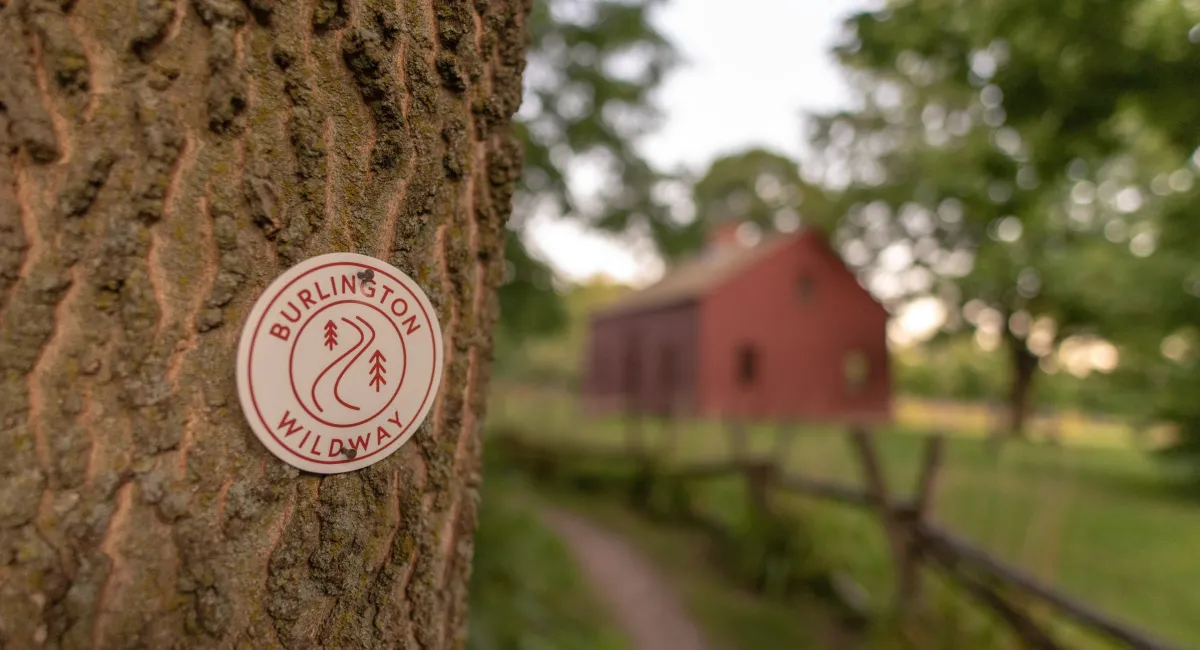
By Lauren Chicote, Operations Manager WVPD
Vermont’s unofficial 5th season
The State of Vermont Department of Forest Parks and Recreation defines mud season as the time that “generally spans the 6-week period between snowmelt and Memorial Day” when melting snow, thawing soils, and spring rains cause trails and the ground to become saturated creating lots of mud. Hiking, walking, and biking on trails that are saturated and muddy can cause long lasting damage to the trail system – soil compaction, erosion, and even changing the hydrology of the surrounding ecosystem leading to permanently muddy sections of trails. Trail damage from overuse during mud season conditions can be very costly for land managers to repair or mitigate.
A changing climate
While spring is the height of mud season in Vermont, mud season can occur any time of year if the conditions are right. We are experiencing record-setting wettest years for Vermont, and sometimes, mud season conditions almost year-round.
While spring is the height of mud season in Vermont, mud season can occur any time of year if the conditions are right – and mud doesn’t just go away Memorial Day weekend. With a changing climate, more frequent and prolonged rain events, and shifting seasons, we are seeing periods of mud season conditions throughout the year, not just in the spring.

Look for signage and follow guidance from land managers including avoiding closed trails.
You can find guidance from VT State Parks on mud season here.
Mud season is typically associated as an issue for higher elevation, more remote trails, but low elevation trails like the ones here in Burlington also get impacted by mud season. While the trails here in the Champlain Valley tend to dry out faster and earlier than higher elevation trails, they can still be wet and muddy and are impacted in the same way other trails are. Trails along the Winooski River and within the floodplain – Ethan Allen Homestead, Mackenzie Park, and Intervale Center – are especially prone to mud season conditions as the river goes through its spring flooding cycles.
Know your impact
Knowing how your recreational activity impacts trails, when it is ok or not ok to use a trail, alternative trails to try, and what to do if you encounter muddy areas is important when enjoying any natural surfaced trail, any time of year.
The Green Mountain Club has a good guide to mud season to check out. Generally, if you encounter mud on the trails consider turning around and finding more durable surfaced paths to enjoy, like hard packed rail trails with stone or gravel surfaces, paved bike paths, or dirt roads (although dirt roads are just as susceptible to mud season impacts as trails are!). If turning around is not an option always walk through the mud – yes, you gotta go through it, not around it; get those boots muddy!
Walking around mud puddles can cause those sections to get bigger and bigger and damage surrounding vegetation which can lead to many other environmental impacts. Always check trail conditions if possible – many trail mangers list mud season closures and trail updates on their websites. TrailFinder is a great resource for checking trail conditions and trail closures. However, even if there are no trail conditions or closure notices posted but you encounter mud/mud season conditions, please use your best judgment and seek an alternative trail to enjoy. Many trail organizations are volunteer based or have a small staff that may not be able to consistently update trail information.
Some other good reasons to learn more about mud season and check trail conditions can be found through the Vermont Trails & Greenways Council.
Spring is a great time to get outside and enjoy our local trail resources! Just remember that our choices and decisions on trail use when its muddy can have long lasting impacts on these resources for future use later in the year.
GREEN MOUNTAIN CLUB MUD SEASON TIPS VT STATE PARKS MUD SEASON TIPS
